Best Hiking Boots for Adventure and Comfort
Embarking on a hiking adventure without the right footwear can lead to discomfort and potential injuries. Hiking boots are designed to offer ankle support and are generally more robust, making them ideal for challenging trails with rough terrain. On the other hand, hiking shoes are lighter and more flexible, suitable for less demanding paths and those who prefer a more agile feel.
Choosing the right type depends on the nature of your hike, the trail conditions, and personal preference. Ensuring your footwear is well-fitted and suited to your activity will enhance your hiking experience, allowing you to focus on the beauty of the outdoors rather than foot discomfort. Always consider factors such as material, durability, water resistance, and breathability when selecting hiking shoes or boots.
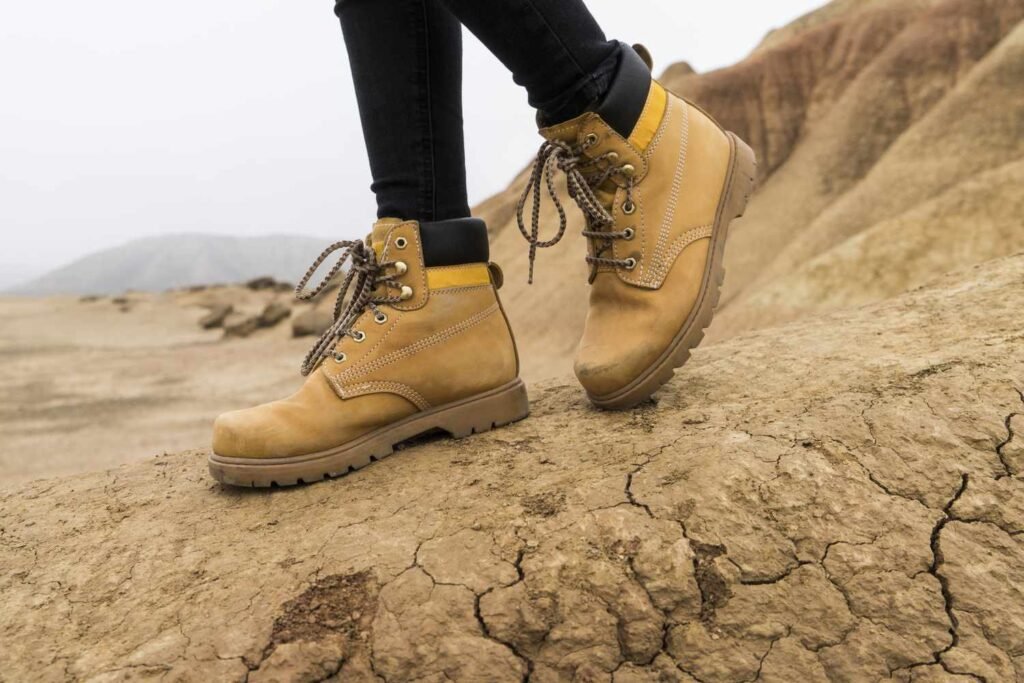
Importance Of Proper Footwear For Hiking
Hiking shoes and boots are key to a great outdoor adventure. They keep your feet safe and comfy. Without the right footwear, a hike can turn tough. Your feet need the best support to tackle trails. This means picking the right hiking boots is a must for any trekker.
Support And Stability
Good hiking footwear provides support and stability. This is vital for uneven terrain. Hikers face rocks, roots, and slippery surfaces. Strong ankle support in boots prevents twists and sprains. A sturdy sole grips the ground well. This gives hikers the confidence to move freely. Let’s break down the importance of support and stability:
- Prevents injuries: Proper shoes keep ankles safe from twisting.
- Better balance: A supportive shoe offers better balance on rough trails.
- Long hikes: For longer treks, stability is key to avoid foot fatigue.
| Feature | Benefit |
|---|---|
| Ankle Collar Padding | Extra comfort and support |
| Stiff Sole | Protects from sharp objects |
| Gusseted Tongue | Keeps debris out |
A well-crafted hiking boot enhances your walk. It turns a tough climb into a smooth journey. With the right boot, your feet can take you anywhere!
Protection From Elements
When outdoors, you face sun, rain, snow, and wind. Your feet need protection from all these elements. Hiking boots shield your feet from harsh weather. They keep them dry and warm. Waterproof materials and breathable designs are key. Here’s how proper footwear protects you:
- Waterproofing: Keeps feet dry in wet conditions.
- Insulation: Maintains warmth in cold weather.
- Breathability: Allows sweat to escape and keeps feet cool.
| Element | Protection Offered |
|---|---|
| Water | Waterproof membranes like Gore-Tex |
| Cold | Insulating materials like Thinsulate |
| Heat | Breathable fabrics for ventilation |
Durable hiking boots stand up to rough trails. They keep feet safe from cuts and scrapes. Your hike becomes an enjoyable experience, not a battle against nature. The right pair of boots acts as a shield for your feet. With them, you’re ready for any adventure.
Best Hiking Boots For Adventure
Embark on your next outdoor journey with the perfect pair of hiking boots. Whether scaling mountains or treking through the forest, the right footwear ensures comfort and safety. From sturdy hiking boots for men to supportive hiking boots for women, options abound. Discover waterproof hiking boots that keep feet dry, winter hiking boots for cold adventures, and leather hiking boots that meld durability with style. And for the littlest explorers, toddler hiking boots make camping a delight. Find the best hiking boots for adventure and step confidently into nature’s embrace.
The Ultimate Men’s Hiking Boots
Every trailblazer needs a reliable partner. Men’s hiking boots are engineered to tackle tough terrain. They offer robust support, superior grip, and long-lasting construction. Look for features like reinforced toe caps and ankle support to navigate rocky paths with ease.
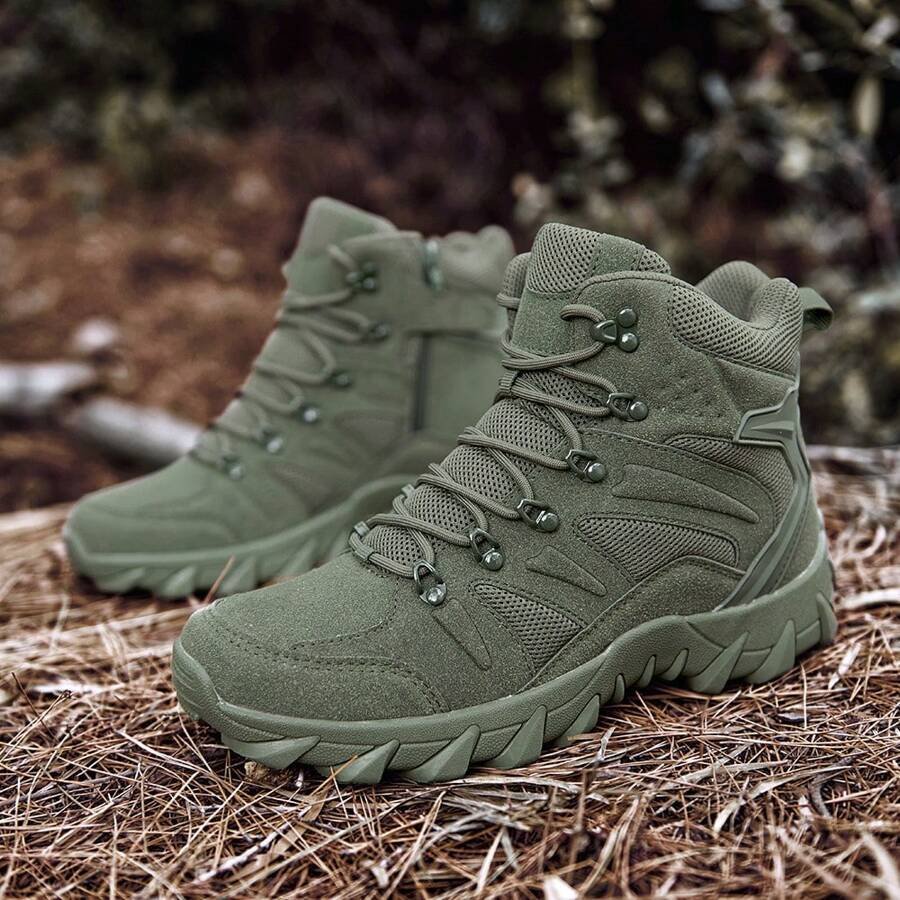
Women’s Hiking Boots: Comfort Meets Durability
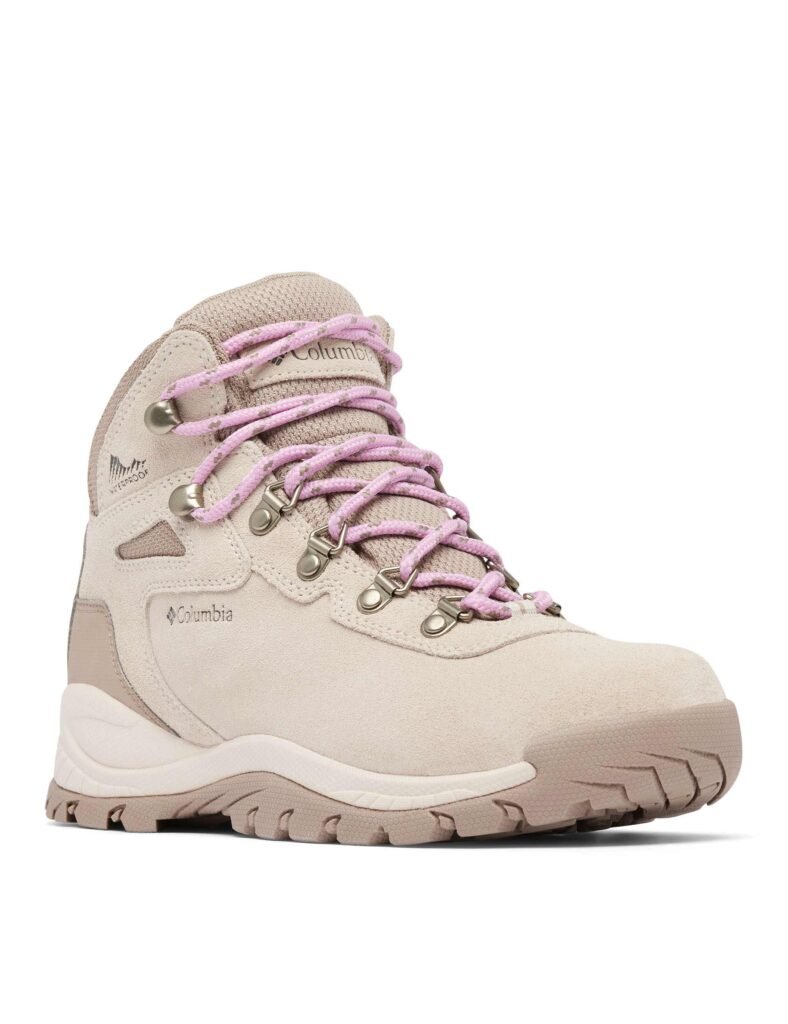
Women’s hiking boots blend functionality with a tailored fit. They provide stability for delicate arches and ankles. With added cushioning and flexible soles, they are perfect for long hikes. Choose boots with breathable materials to maintain comfort throughout your journey.
Conquer Wet Trails With Waterproof Hiking Boots
Don’t let water dampen your spirits. Waterproof hiking boots are essential for crossing streams or walking in the rain. Their water-resistant membranes keep feet dry, while allowing them to breathe. Option for boots with a seal around the tongue to prevent water from seeping in.
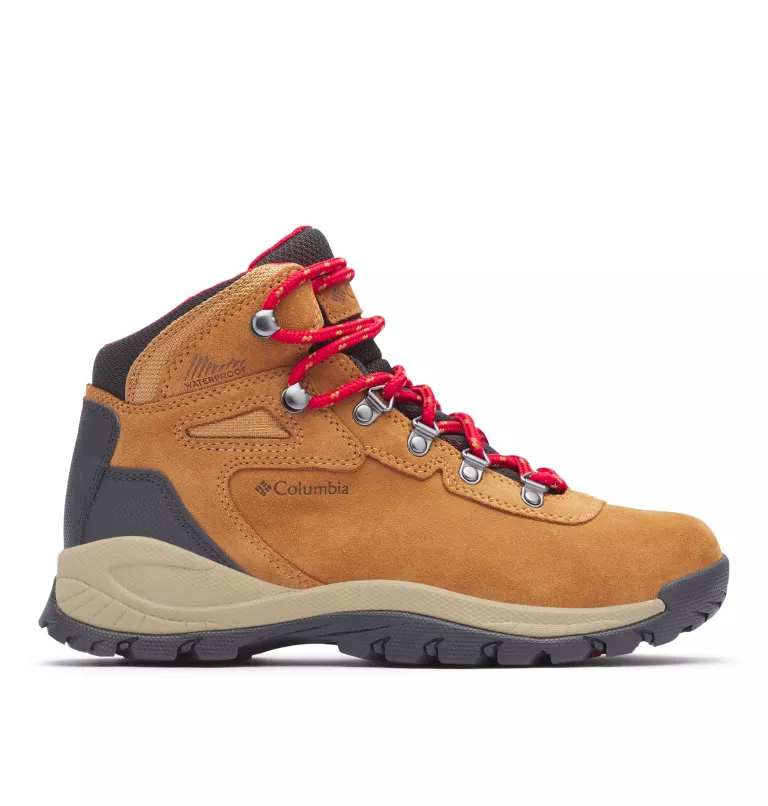
Stay Warm With Winter Hiking Boots

Chilly weather calls for winter hiking boots. They have insulating layers to retain warmth and non-slip soles for icy surfaces. Look for boots with a high shaft to keep snow out. A thermal lining ensures your toes stay toasty, even in freezing temperatures.
The Timeless Appeal Of Leather Hiking Boots
Leather hiking boots offer a classic look without sacrificing performance. They are tough against abrasions and naturally weather-resistant. Break them in for a custom fit that molds to your foot. Ensure they have a protective coating for extra longevity.
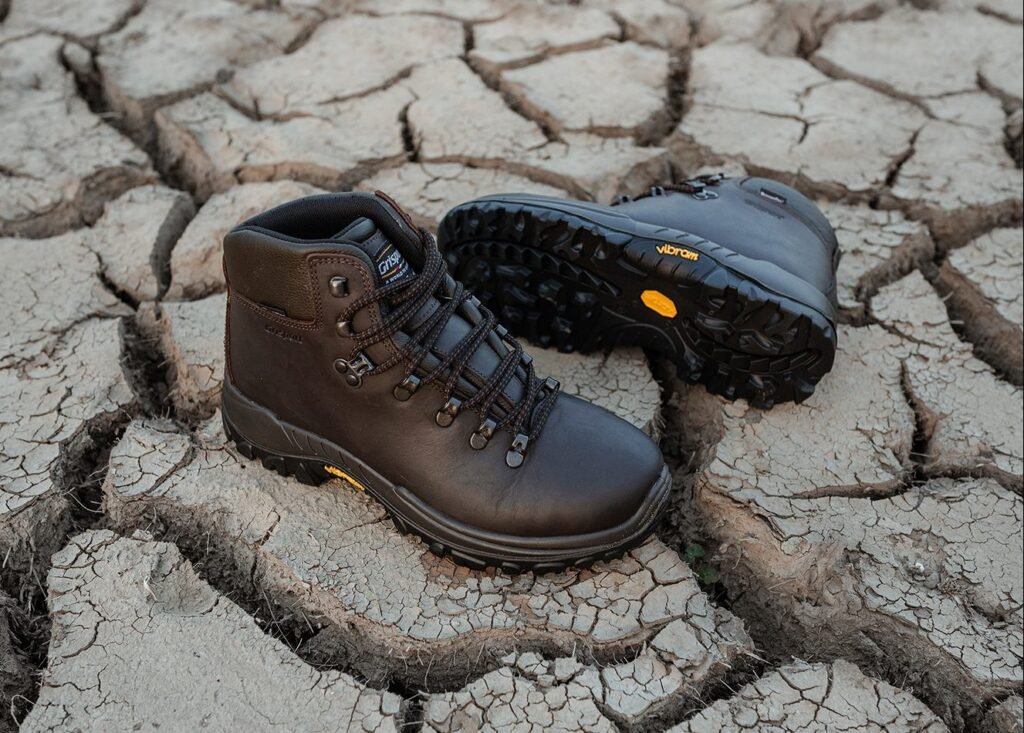
Toddler Hiking Boots: Adventure-ready From The Start

Introduce your little ones to nature with toddler hiking boots. These tiny boots are lightweight, with non-marking soles for a steady grip. Look for adjustable straps for a snug fit and easy on-and-off. Bright colors and patterns make camping toddler hiking boots fun to wear.
Differences Between Hiking Shoes And Hiking Boots
Ready for an adventure? Great gear is key, and feet are where it starts. Hiking shoes and boots may seem similar, but key differences set them apart. They cater to various terrain, comfort levels, and hiking styles. Let’s explore these differences and help you pick the perfect pair for your next hike.
Design And Weight
The design and weight of your hiking footwear can change the game on the trails. Hiking shoes are like beefed-up running shoes. They’re light and flexible, making them perfect for a day trip on well-trodden paths. Check out the key features:
- Low-cut design with freedom around the ankle
- Lightweight materials for easy movement
- Flexible soles, great for a quick pace
On the flip side, hiking boots mean business. They’re designed for the long haul and tougher terrain. Here’s what makes them stand out:
- High-top style that wraps around your ankle
- Heavier build for durability
- Stiff soles to handle rocky, uneven ground
Ankle Support
When you hit the trail, ankle support is crucial. Hiking shoes offer basic support and are best for even surfaces. They let your ankles move freely, which is great for speed but not for protection. Consider these points:
- Minimal ankle coverage to keep things light
- Some cushioning for comfort
- Best for flat trails where twists and turns are limited
Hiking boots step up the support. They’re built to guard your ankles against twists and sprains on rough trails. Take a look at the support they provide:
- High-top cuffs encircle your ankles for maximum safety
- Extra padding and stiff construction stabilize your steps
- Ideal for uneven terrain, where risks are higher
Remember, the right choice depends on the hike ahead. For light trails, go for shoes. For wild, unpredictable paths, boots are your best bet. Keep your ankles happy, and they’ll take you to incredible places.
Choosing The Right Hiking Footwear Comfort
Are you ready for an adventure in the great outdoors? Your feet are your best friends on the trail, so picking the right hiking boots or shoes is crucial. This guide will help you step confidently into nature. Let’s dive into what makes a perfect pair for your feet!
Consider Terrain And Weather
Think about where you’ll be hiking. Different trails call for different types of footwear. Here’s what you need to know:
- Rugged mountains need sturdy boots with good ankle support and grip.
- Wet conditions ask for waterproof materials like Gore-Tex.
- Hot climates prefer breathable shoes to keep your feet cool.
Let’s break it down further:
| Terrain Type | Boot Feature |
|---|---|
| Rocky/Uneven | Thick soles, high-cut design |
| Muddy/Wet | Waterproof, non-slip tread |
| Sandy/Desert | Lightweight, breathable upper |
Remember, weather changes, so prepare for rain or shine. Your feet will thank you!
Fit And Comfort
Next, let’s talk about fit and comfort. A good hiking boot feels like a hug for your foot. Here’s how to find your match:
- Size right: Boots should be snug but not tight. Leave room for thick socks.
- Try them on: Always test with hiking socks on. Walk around, feel the fit.
- Break them in: Wear your boots before a big hike to avoid blisters.
Check these points for the perfect fit:
| Part of the Boot | What to Look For |
|---|---|
| Toe Box | Room to wiggle toes, no pressure on the sides |
| Heel | Secure, minimal lift when walking |
| Midsole | Supportive, cushioned for comfort |
Remember, comfort leads to happy trails. Take time to find boots that feel great and support your adventures!
Benefits Of Hiking Shoes
Exploring the great outdoors is a thrill with the right gear. Hiking shoes play a crucial role in this adventure. They offer support, comfort, and safety, making treks more enjoyable. With various benefits, they are a must for any outdoor enthusiast.
Lightweight Design
Hiking shoes stand out with their lightweight design. This feature offers several advantages:
- Less fatigue: Light shoes mean less energy spent, keeping you fresh on longer trails.
- Increased agility: Move with ease over rocks and roots.
- Faster pace: Cover more ground without extra weight slowing you down.
Here’s a quick comparison of hiking shoes and traditional boots:
| Feature | Hiking Shoes | Traditional Boots |
|---|---|---|
| Weight | Light | Heavy |
| Flexibility | High | Low |
| Comfort | Immediate | After Break-in |
Such shoes are ideal for day hikes or quick trips. They help prevent sore feet and keep you going strong.
Breathability
The breathability of hiking shoes is another key benefit. This feature keeps feet cool and dry, even on warm days. Here’s why breathability matters:
- Cool feet: Air flows freely, reducing heat.
- Less moisture: Sweat evaporates quickly, preventing blisters.
- Odor control: Dry feet mean less smell after a long hike.
Materials like mesh fabric are common in breathable shoes, offering both comfort and air circulation. Here’s how breathable shoes compare to less ventilated options:
| Feature | Breathable Hiking Shoes | Less Ventilated Options |
|---|---|---|
| Air Flow | High | Low |
| Cooling Effect | Strong | Weak |
| Moisture Wicking | Effective | Minimal |
With better breathability, hikers can enjoy long distances without discomfort. This makes breathable hiking shoes a top choice for trekkers worldwide.
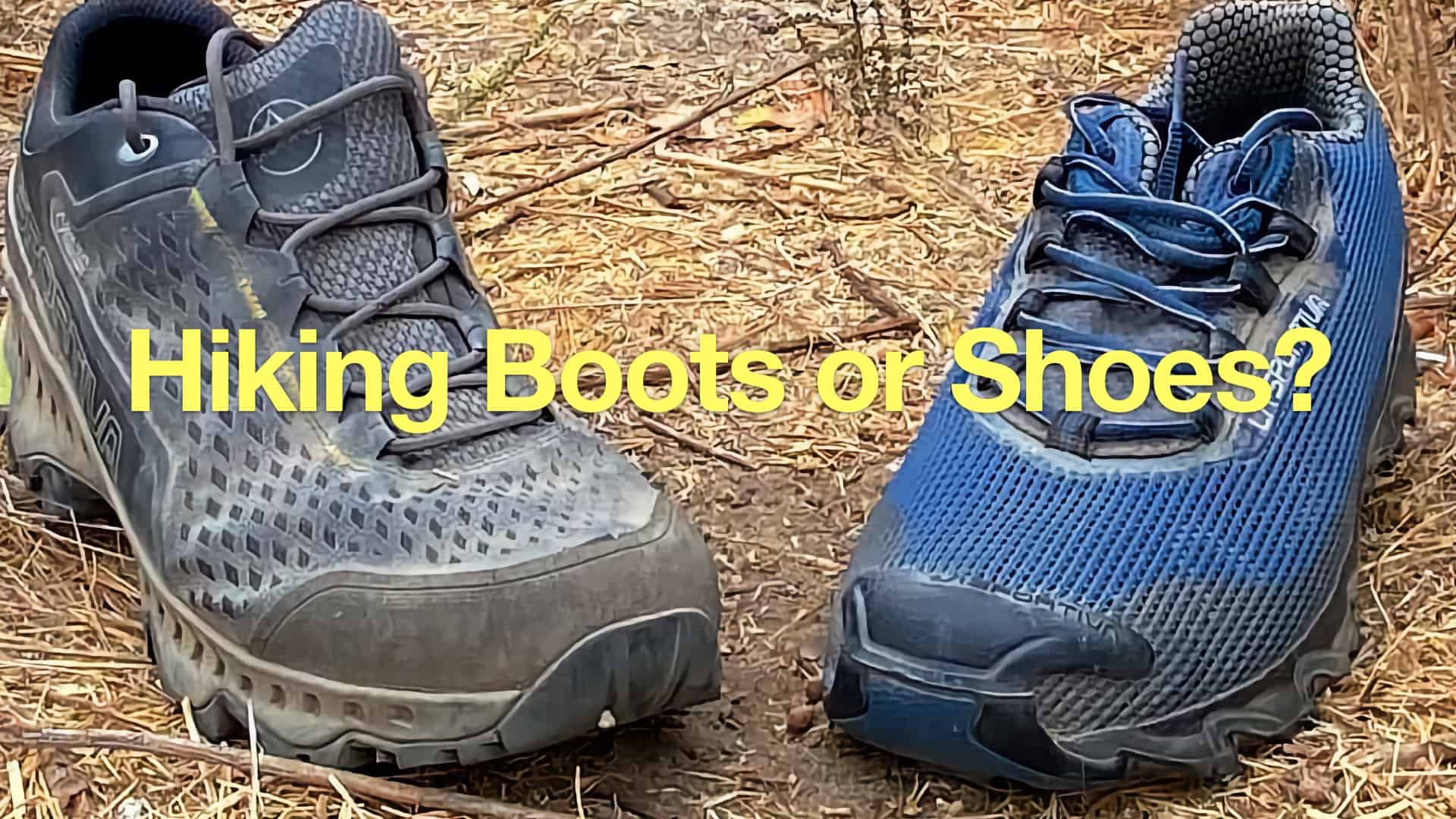
Advantages Of Hiking Boots
Hiking boots are essential gear for any outdoor adventure. They offer much more than just covering your feet. Their design provides critical protection and support for all types of terrain. From rocky paths to muddy trails, hiking boots are built to handle it all. Understanding the advantages of hiking boots can help you see why they are a top choice for outdoor enthusiasts.
Ankle Support And Stability
The right hiking boots can mean the difference between a pleasant trek and a painful injury. They offer excellent ankle support and stability that can prevent common hiking mishaps. A sturdy boot keeps your ankle aligned, reducing the risk of twists or sprains on uneven ground. Here are key benefits:
- Improved Balance: A snug fit around the ankle helps maintain balance on uneven surfaces.
- Protection: High tops shield ankles from scrapes against rocks and branches.
- Lateral Support: Stiff sides reduce the likelihood of ankle rolls.
| Feature | Advantage |
|---|---|
| Padded Collar | Comfort and support for long hikes. |
| Rigid Midsole | Aids in stability on rough terrains. |
| Lace-up Design | Customizable fit for enhanced ankle support. |
Stability and support features are integral for challenging trails. They can help you navigate safely and enjoy your hike without worry.
Durability
Hiking boots are built to last. They are made with tough materials that withstand the elements. This means you can enjoy their benefits for many hikes to come. Let’s explore the durable features of these boots:
- Tough Materials: Leather or synthetic uppers resist wear and tear.
- Reinforced Toe Caps: Extra protection where boots often wear out first.
- Vibram Soles: High-quality soles that offer longevity and grip.
| Component | Material | Benefit |
|---|---|---|
| Upper | Leather/Synthetics | Durability and resistance to elements. |
| Midsole | EVA/PU | Long-lasting support and cushioning. |
| Outsole | Rubber with lug pattern | Extended wear and superior traction. |
With such durable construction, hiking boots are a wise investment for any outdoor enthusiast. They deliver performance and protection hike after hike.
Maintenance And Care Tips
Hiking shoes or boots are vital for a great outdoor experience. They protect your feet from rough terrain and keep you comfortable on long treks. Like any gear, they need proper maintenance and care to last longer and perform well. Follow these tips to ensure your footwear is always trail-ready.
Cleaning And Drying
After a muddy hike, cleaning your boots is essential. Start by removing laces and insoles. Use a brush to get rid of dirt and debris. For a deeper clean, mix water with a gentle, non-detergent soap and scrub the boots. Avoid harsh chemicals as they can damage the material. Rinse thoroughly with clean water.
- Brush off loose dirt after each hike.
- Wash with a mild soap solution.
- Rinse boots inside and out to remove soap.
Drying is just as crucial as cleaning. Never force dry your boots with heat as this can weaken the material. Instead, stuff them with newspaper and let them air-dry in a well-ventilated area. Change the newspaper regularly to absorb moisture effectively.
| Do | Don’t |
|---|---|
| Air-dry naturally | Expose to direct heat |
| Use newspaper stuffing | Leave boots wet inside |
Waterproofing
Keeping your boots waterproof is key for dry feet and comfort. First, make sure your boots are clean and dry. Apply a waterproofing treatment that’s suitable for the boot material. For leather boots, use a wax-based product. Synthetic materials often need a spray-on treatment. Follow the product instructions for the best results.
- Choose the right product for your boot material.
- Apply evenly and pay special attention to seams.
- Allow to dry as per the product’s guidelines.
Regular waterproofing extends the life of your boots and enhances comfort on the trail. It’s best to treat your boots after a few hikes or when you notice water is no longer beading off the surface. Always test a small area before applying any treatment to the entire boot.
Conclusion
Embracing the right pair of hiking shoes can elevate your trail experience immensely. They offer the support, durability, and comfort essential for any terrain. Remember to weigh your needs against the features available. With the perfect pair, every step on your hiking journey is a step toward adventure.
Happy trails!
Frequently Asked Questions
What Are The Best Hiking Shoes For Trails?
Lightweight, durable, and with good traction, trail running shoes are often the top choice for hiking enthusiasts tackling varied terrains.
How To Choose Hiking Boots For Comfort?
Select boots with a cushioned midsole, supportive insole, and a flexible, ankle-hugging design to ensure comfort on long treks.
Can Hiking Boots Be Waterproof And Breathable?
Yes, many hiking boots feature waterproof membranes like Gore-Tex that also allow feet to breathe, keeping them dry and comfortable.
What’s The Difference Between Hiking Shoes And Boots?
Hiking shoes offer flexibility and lightness, ideal for day hikes, whereas boots provide more ankle support and durability for rough terrain.
When Should You Replace Hiking Footwear?
Replace hiking footwear when the tread is worn, the midsole is compressed, or the waterproof lining is compromised to maintain performance and safety.
Are Hiking Boots Suitable For Snow And Ice?
Yes, insulated and waterproof hiking boots with deep lugs offer the grip and protection needed for hiking in snow and ice.






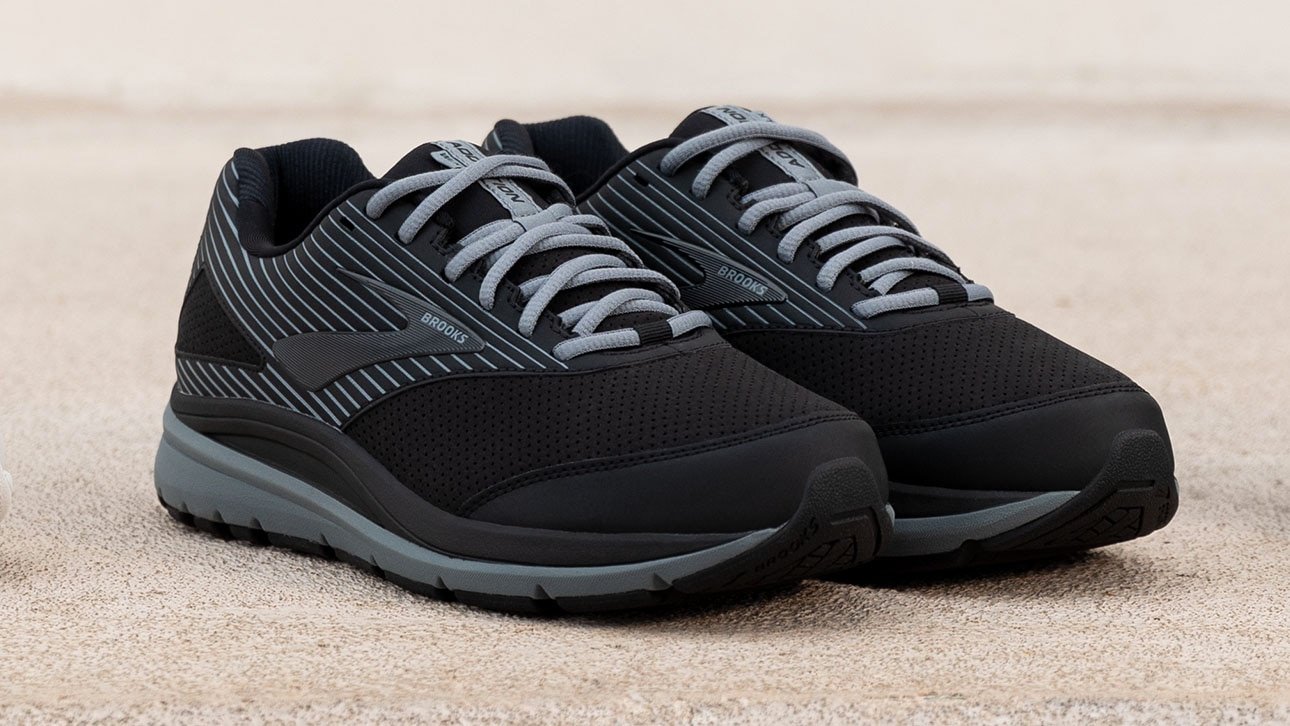

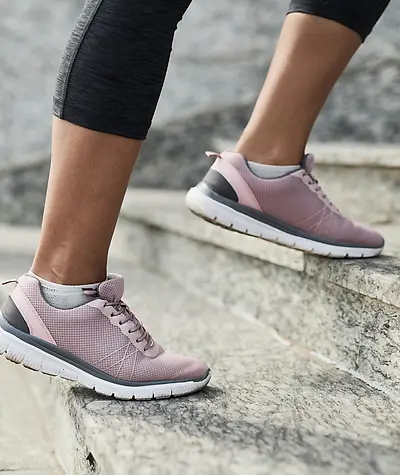

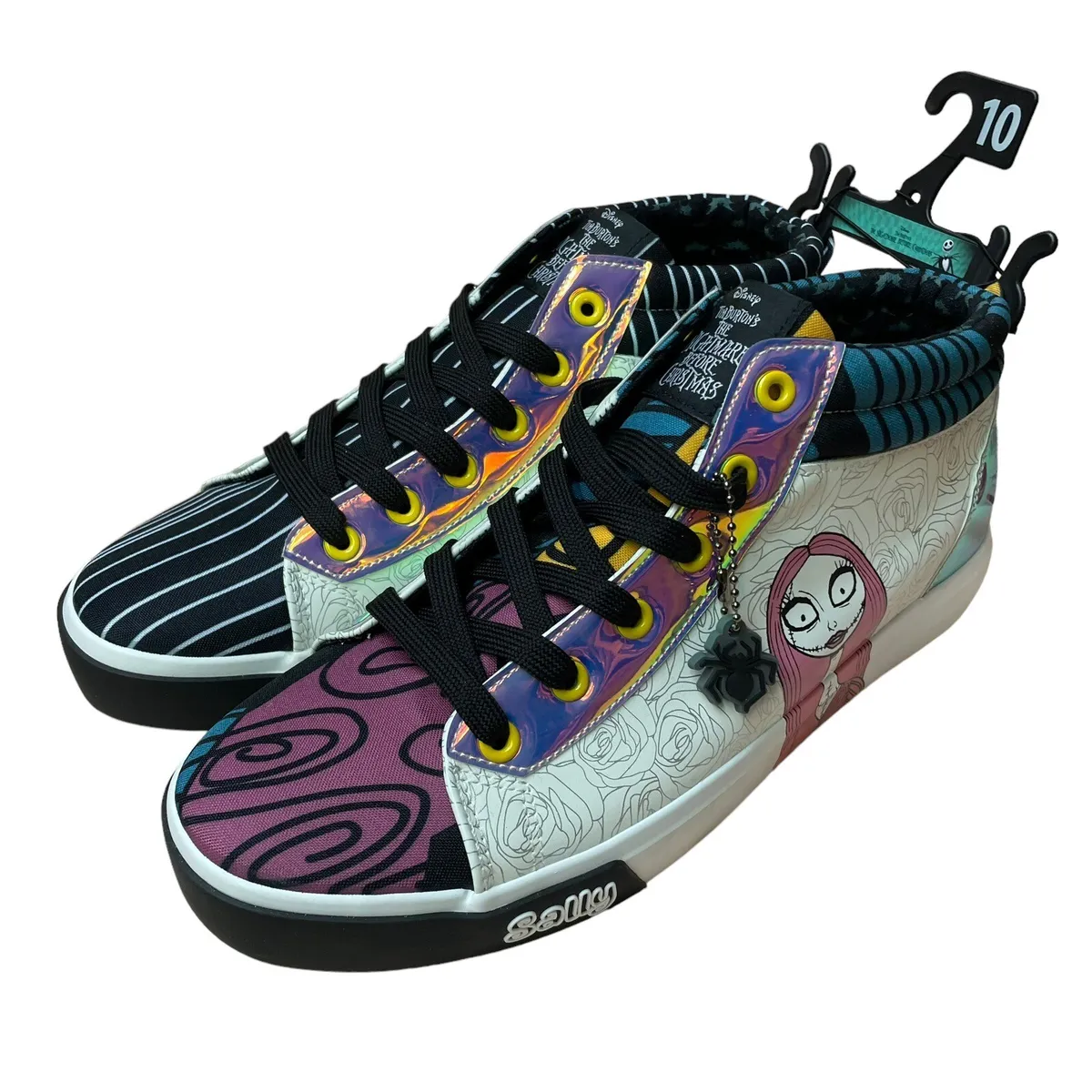

Leave a Reply